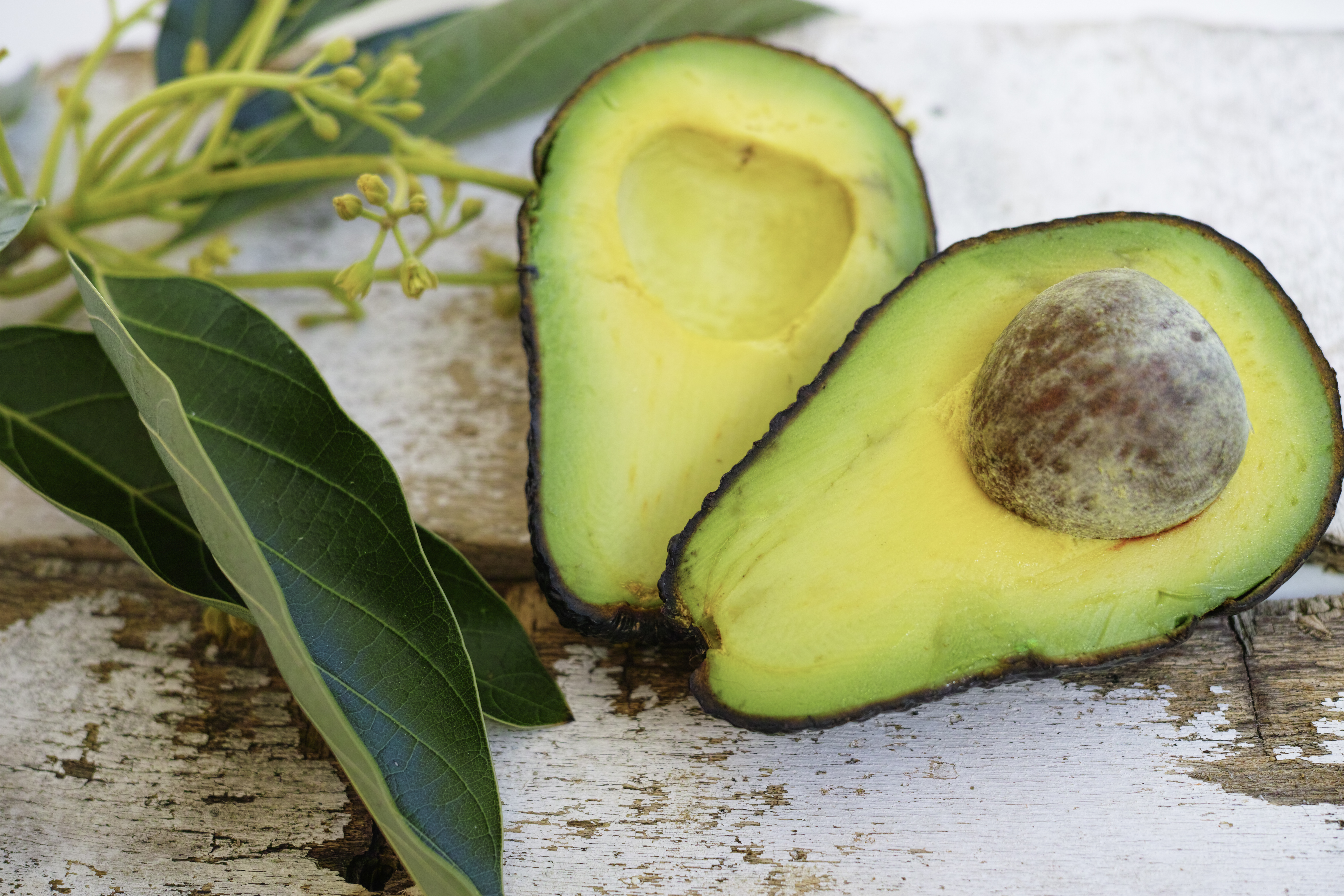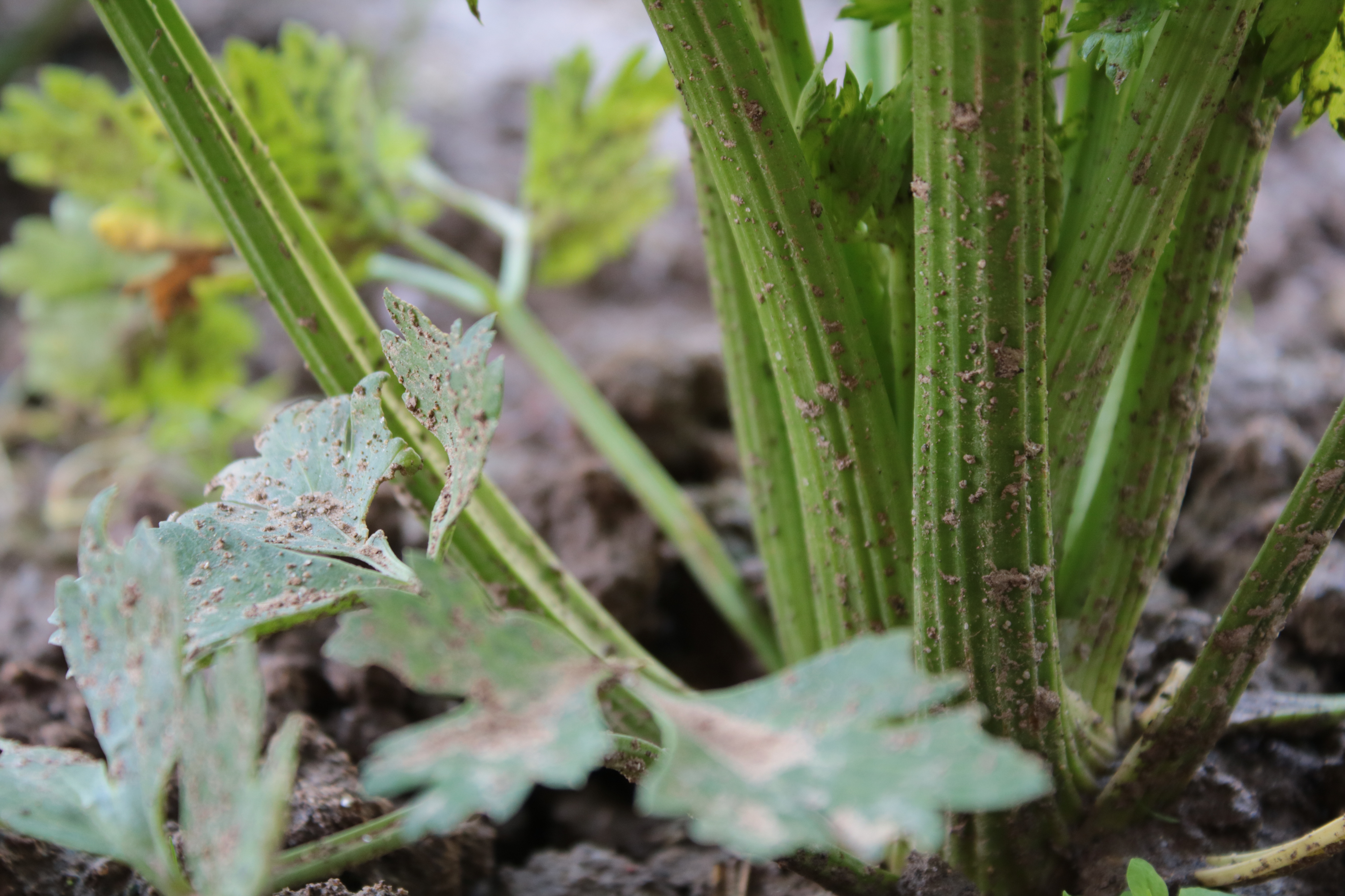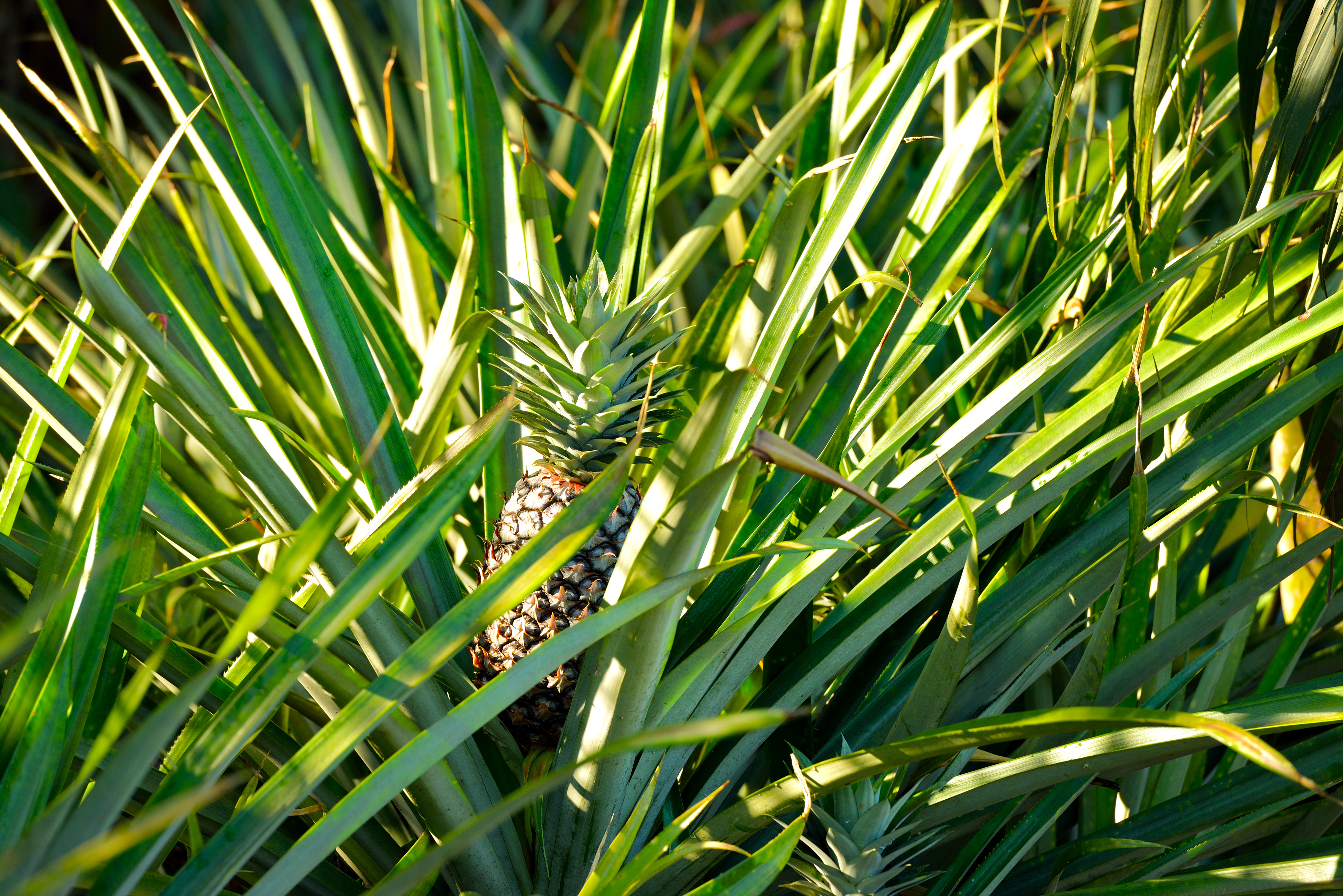
Next time you are preparing dinner, don’t throw away those scraps. Some of them can actually be regrown, which means you could have a constant supply of the fruit, vegetables and herbs you use the most.
Here’s a list of 10 popular foods you can regrow from scraps:
Avocado – It’s a long process, so you’ll need to be patient, but you can actually grow your own avocado trees from the pits. However not every pit will produce roots, so give it a go with three or four pits at the one time. Avocado trees also need a companion so that the trees can pollinate each other. Start by cleaning the pit and toweling it dry. Push four toothpicks into the pit, evenly spaced apart. Use the toothpicks to balance the pit over the top of a glass jar, making sure the pit is pointy side up. Fill the dish or jar with water so that about half of the pit is under water. Place the jar in a sunlit area and change the water every day or so. After three to six weeks, the top of the pit will begin to split open. Several weeks after that, a stem, leaves, and roots will begin to grow. A few weeks after this growth occurs, you should see leaves. Be patient. In about three months, when your tree is around 7 to 8 inches tall, plant it in a 10-inch pot with adequate drainage. Fill the pot with soil, and press your avocado sapling into it, root-side down (so the top half of the pit remains uncovered). Keep the sapling in a sunny area and water it regularly. Source: The Hungry Mouse http://www.thehungrymouse.com/2009/09/09/how-to-grow-an-avocado-tree-from-an-avocado-pit/
Basil – Simply put the basil stems with leaf nodes in a glass of water and place them in a sunny spot. Wait for the roots to grow about 2 inches long and then transfer them in pots.
Lemongrass – Place the root in a bowl in an area with full sunlight and cover the root with water. In about a week, this can be planted outside once you notice new growth.
Ginger - Take a spare piece of the root and plant it in potting soil. After about a week, there is generally enough growth to use the ginger. Keep repeating the process to ensure a plentiful supply.
Celery - Rinse off the base of a bunch of celery and place it in a small bowl. Fill the bowl with warm water, cut stalks facing upright. Place the bowl in a sunny area. Change the water every second day and use a spray bottle to gently mist the plant every other day. After five to seven days, move the celery base to a planter or garden and cover it with soil, leaving the leaf tips uncovered. Keep the plant well watered. You’ll soon notice celery leaves regenerate from the base, as well as a few small stalks. Harvest when fully grown, then repeat the process.

Spring onions/leeks - Place the green parts of spring onions or leeks in a jar filled with water. Put the cup or jar on a windowsill and change the water every other day. In about a week, you should have a new green onion, leek, and/or scallion to add to your supper. Harvest when fully grown, making sure to leave the roots in the water.
Garlic – Place sprouted garlic cloves in a glass with little water and wait for the shoots to grow taller. Alternatively, you can plant garlic cloves directly in the soil.
Onions - You can regrow onion from the bottom of the onion. Just cut off the onion bottom, let it dry for some time and plant it in soil.
Potatoes - Cut the eyes from your potatoes, let the pieces dry overnight and plant them at a depth of four or five inches. In just a few weeks, you'll have more potatoes to enjoy.
Pineapple - Cut the top off your pineapple and use a toothpick frame to suspend it above water. Set the container in sunlight and keep it in warm weather. Change the water often and keep the container filled with just enough water to keep it touching the base of the pineapple plant. Once roots form after a week or so, transplant it into soil.

Hi there,
Would you like to receive home decor
ideas and DIY tips to your inbox?
Subscribe to our mailing list!

